When Cooper and Lucca were eight and six years old, their dad, Nathan Greenawalt of Madison, Wisconsin, decided to build them a boat. Cooper had just started learning to sail in Optimist dinghies, and Nathan thought it would be fun for the brother and sister to have their own boat, but one that was a “little bigger, a little more stable, a little safer, a little cuter.”Nathan had been introduced to both sailing and woodworking when he was 16. He had built some wooden tables at home, and when his family moved to a house on a small lake his brother bought an old fiberglass dinghy. The boys sailed it together, and when the wood trim needed fixing one summer, Nathan made the repair. Nathan's design called for a curved bow. Wrapping the plywood around the 40″-diameter arc drawn onto the bottom sheet caused him some headaches but he perservered.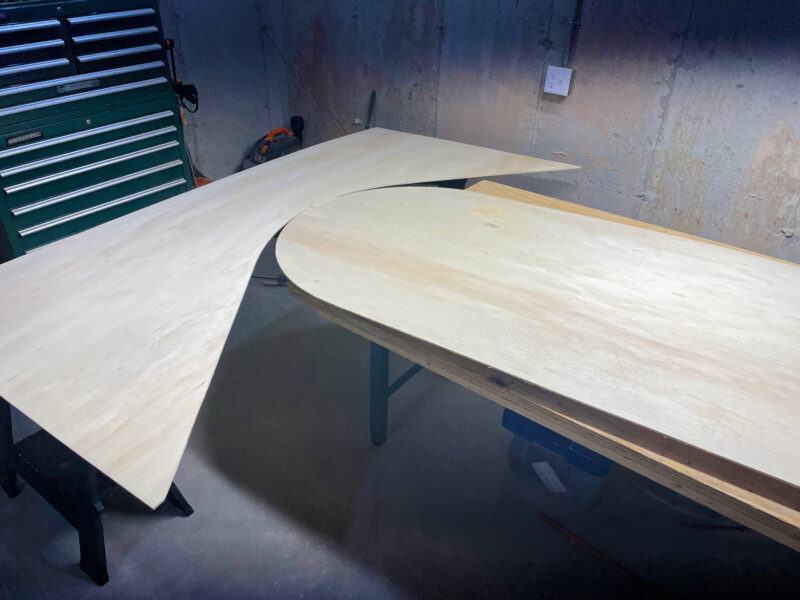 Photographs by Nathan Greenawalt
Photographs by Nathan Greenawalt
Join The Conversation
We welcome your comments about this article. If you’d like to include a photo or a video with your comment, please email the file or link.

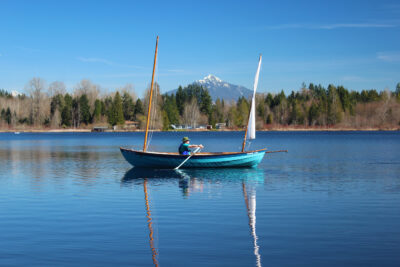
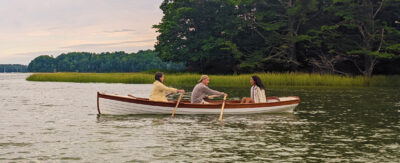
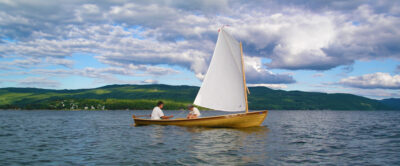
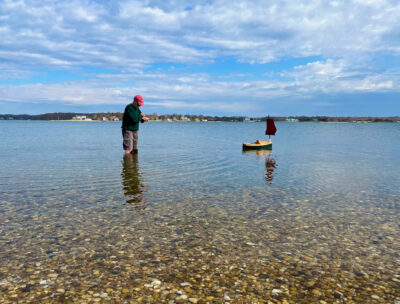
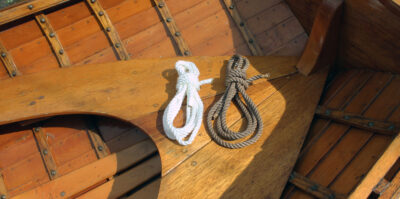
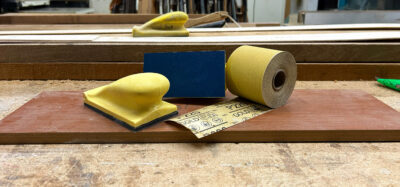
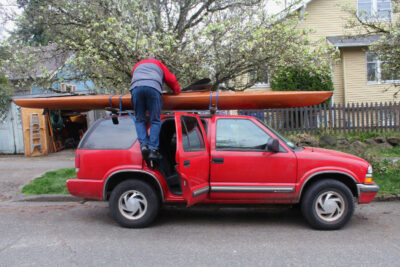
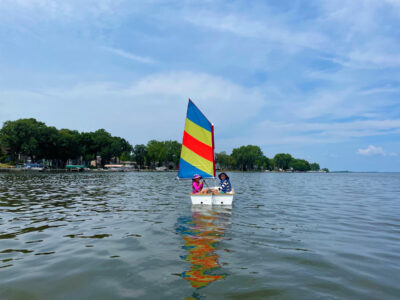

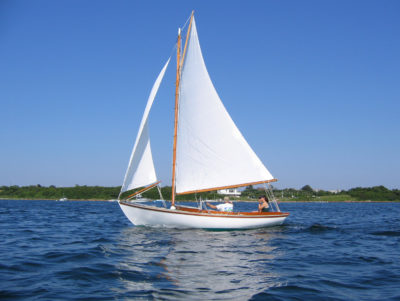
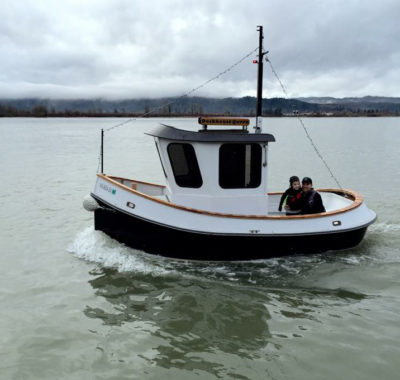
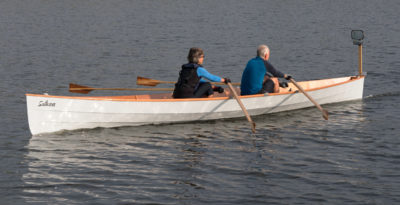
Great Job… I see you getting undue influence to build another… May I suggest a name:”Three Sheets to the Wind”